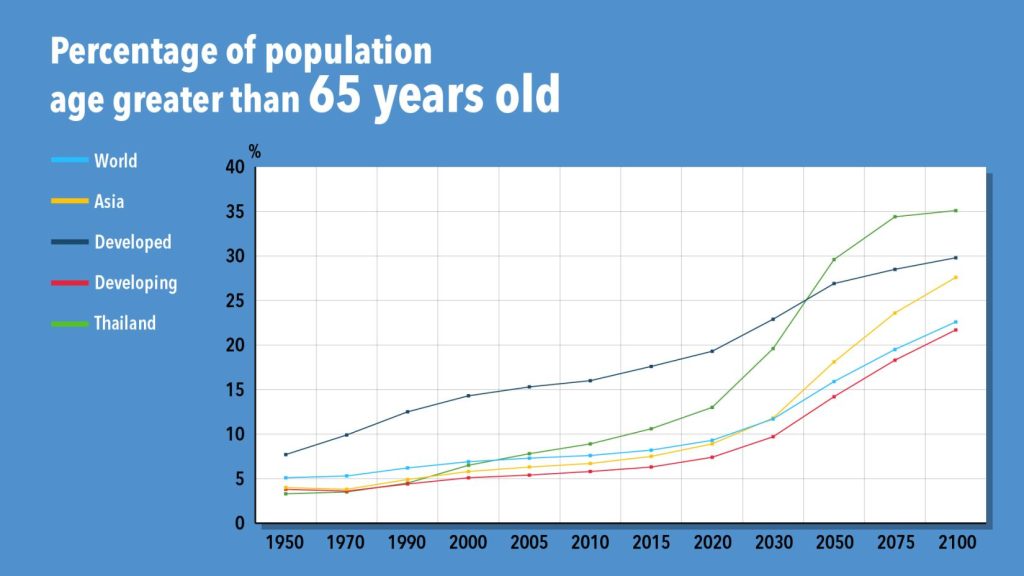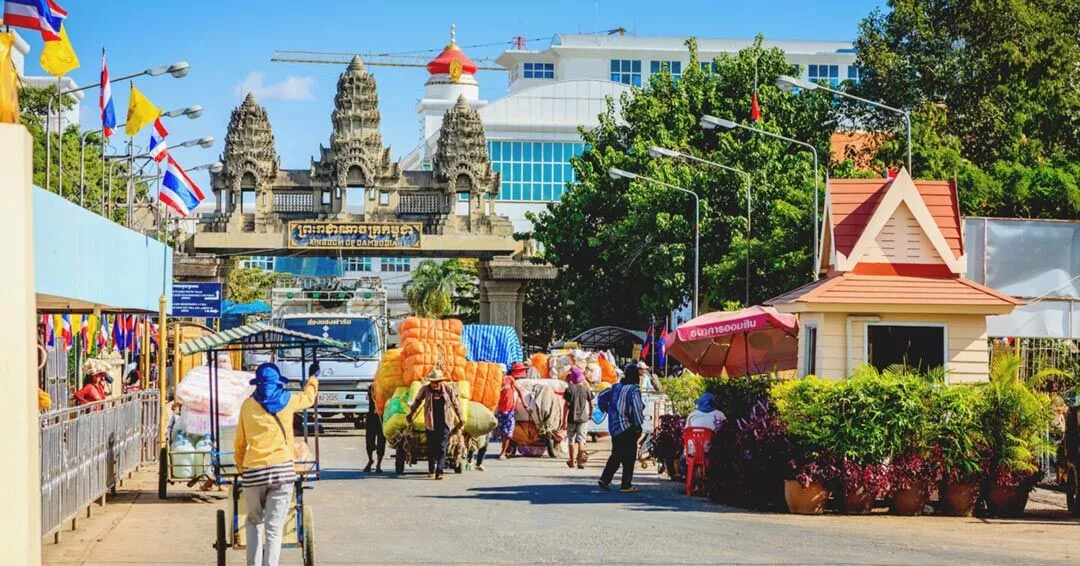Cambodia Investment Review
As Cambodia sets its sights on becoming an upper middle-income country by 2030 and high-income by 2050, it confronts a significant challenge: retaining its working-age population, which is increasingly migrating to Thailand in search of better job opportunities. This migration trend threatens to undermine Cambodia’s economic ambitions by depleting its most critical asset—its workforce.
Read More: Spotlight – Can AI Transform Cambodia’s Education System for a Post-LDC Era?
Over 1.2 million Cambodians are currently employed in Thailand, drawn by higher wages and better social security benefits. Cambodian workers in Thailand typically earn about $400 per month—a considerable increase compared to their potential earnings at home—and send back more than $2.7 billion annually in remittances. While these funds play a crucial role in supporting the local economy and helping families reduce debts, the broader impact on Cambodia’s labor market raises concerns.
Thailand Is Facing 10 Million Less Workers By 2050
The ongoing migration is creating a vacuum in Cambodia’s workforce, potentially stalling the productivity necessary for long-term economic growth. The government is therefore placing a high priority on developing local employment opportunities that could retain young and mid-level skilled workers within the country.

Meanwhile, Thailand, which became an aged society in 2020 with over 15% of its population aged 65 or older, is facing a projected decline in its working-age population by about 10 million by 2050. This demographic shift is leading to a labor shortage that Cambodian workers are helping to mitigate. However, while this arrangement offers a short-term solution for Thailand, it presents a long-term dilemma for Cambodia.
Thailand’s efforts to increase its fertility rates have yet to substantially address the labor shortfall, making the recruitment of migrant labor from neighboring countries like Cambodia a more immediate solution. For Cambodia, the challenge is to make staying at home more attractive to its citizens through significant improvements in job quality and living standards.
RGC Developing Policies To Enhance Domestic Job Quality
The Cambodian government is actively developing policies to enhance domestic job quality through industrial advancement and economic diversification. These efforts aim to make local employment not only accessible but also competitive in terms of wages and benefits.
Additionally, there are ongoing initiatives to improve the conditions for Cambodians working abroad, ensuring they have adequate protection and efficient means to remit money back home. These measures are part of broader labor agreements and reforms intended to balance the economic benefits of remittances with the need to maintain a sustainable and productive domestic workforce.
As Cambodia navigates these complex demographic and economic dynamics, striking the right balance between leveraging remittances and fostering a robust domestic economy capable of sustaining growth is becoming increasingly crucial. The effectiveness of Cambodia’s economic strategies will significantly depend on its ability to retain and nurture its workforce, aiming to build a sustainable and prosperous future.



